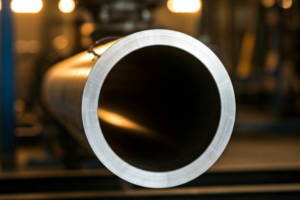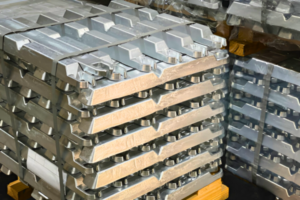Key Highlights
- The 3003 aluminium alloy is strong and useful for many jobs. It has good corrosion resistance and is easy to shape.
- It cannot be heat treated, but it gets stronger when it is cold worked.
- This 3003 aluminum alloy is used widely in transportation, construction, and packaging.
- Because it has good weldability, so 3003 aluminium can easily be made into complex shapes.
- It is about 20% stronger than the 1000 series because it has extra manganese and copper.
Introduction
This guide will cover the features, uses, and benefits of 3003 aluminium alloy. This alloy is popular because it has moderate strength and is simple to use. It is a great option for general sheet metal work. We will also explore its mechanical properties. This will help us understand why many industries choose it.
Understanding the Basics of 3003 Aluminium Alloy
The 3003 aluminium alloy is a metal with average strength. It becomes stronger mostly when cold worked. Unlike some other alloys, it does not undergo heat treatment. This alloy is mainly aluminum and has about 1.25% manganese and a little copper (0.1%). This mix makes it stronger than the 1000 series.
People like this alloy a lot. It is strong, but it is not too heavy. It also resists rust well and is easy to shape. These features make it useful for various purposes. We can find it in everyday things at home and in more complicated parts used in factories.
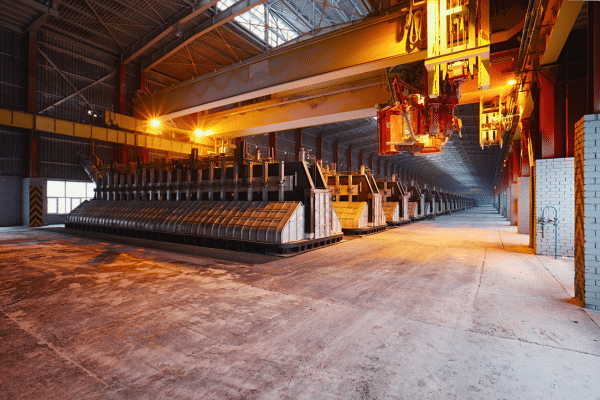
What are the Properties of 3003 Aluminium alloy?
The 3003 aluminium alloy is special. It has many great physical properties and unique features.
- Corrosion Resistance: It resists corrosion very well. This is perfect for outdoor use and places with lots of moisture.
- Mechanical Properties: This alloy has moderate strength. However, it is stronger than the 1000 series. We can make it stronger by cold working. This makes it a good choice for tasks that need higher strength.
- Formability: It is simple to shape into different designs. This is great for projects that require unique forms.
Here’s a closer look at its mechanical properties:
| Property | 3003 (Annealed – O Temper) | 3003 (Strain Hardened – H14 Temper) |
| Tensile Strength (ksi) | 14.0 – 19.0 | 20.0 – 26.0 |
| Yield Strength (ksi) | 5.0 | 17.0 |
| Elongation (%) | 19.0 – 25.0 | 26.0 |
Comparison with Other Aluminium Alloys
3003 is an aluminium alloy that has moderate strength. It is helpful to compare it with other aluminium alloys. It is stronger than the 1000 series alloys. However, when you look at the stronger alloys found in the 2000 series or 7000 series, 3003 only has moderate strength. GET A QUOTE
This does not mean it isn’t helpful. The best part about this alloy is its excellent mix of qualities. It is strong and has good corrosion resistance, formability, and weldability. This special mix makes it valuable and affordable for many projects, especially those that don’t always require high strength.
Applications of 3003 Aluminium Alloy in Various Industries
The 3003 aluminium alloy is not just an ordinary metal for sheets. It is important in many industries. For example, it is essential in transportation, cars, buildings, and packaging. People appreciate its valuable features in these fields. We can see it in car parts and building materials, showing how commonly it is used.
Use in Transportation and Automotive Sectors
The transportation and automotive industries use 3003 aluminium alloy. This alloy is easy to weld. This makes it a good option for many vehicle parts. It also makes the production process simpler.
Its moderate strength works well for some types of vehicles. This helps them stay strong for certain tasks. Even though it is not as strong as other alloys, it offers a good mix of weight and strength. This balance is important to save fuel.
Some of its common uses in the industry include:
- Fuel tanks
- Radiators
- Heat exchangers
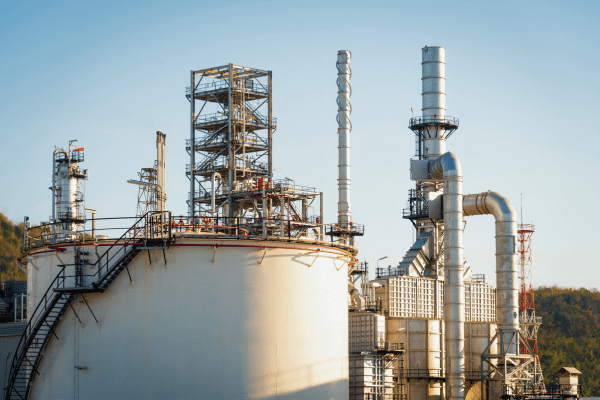
Significance in Construction and Packaging Materials
The 3003 aluminium alloy is great at resisting corrosion. This makes it perfect for construction. It helps materials like roofing and siding last a long time. Additionally, this alloy is easy to shape. So, it can create building materials that meet ASTM standards and look good while working well.
In packaging, this alloy helps protect products from rust. It is light, which lowers shipping costs. Its formability allows it to be made into several shapes, like cans and other packages. GET A QUOTE
Here are some common uses:
- Roof work
- Wall coverings
- Packaging items, especially for food and drinks
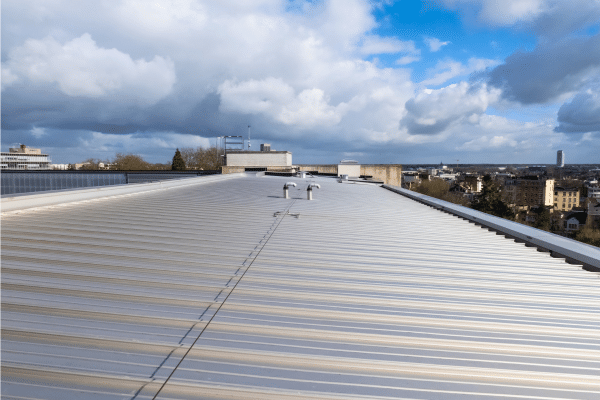
Conclusion
In conclusion, it’s important to understand the properties and uses of 3003 aluminum alloy. This type of aluminum is helpful in many areas. You can find it in transportation, automotive, construction, and packaging. Its unique features make it stand out from other aluminum types. If you work in manufacturing or engineering, knowing about 3003 aluminum alloy can improve your product development.






